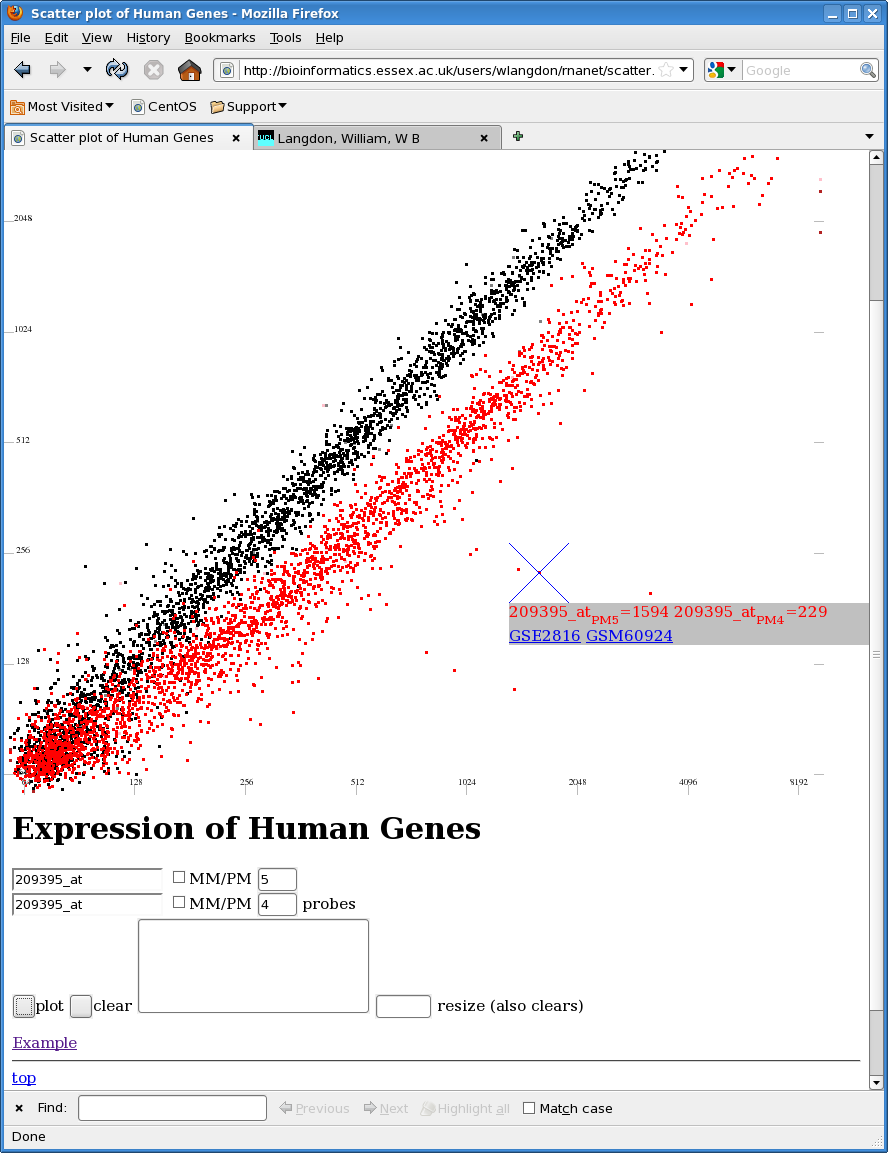I am tasked with finding the coexpression of genes in GEO. I have a few problems with this and some suspicions that we are going about this in the wrong way.
Firstly, we're using AFFY probes so each gene can have multiple probes. Is there a different probe set we should be using to find the expression data for an entire gene?
Our plan is to use "cor" in R to find the correlation coefficient of the probes across the samples in a GEO Dataset. I have been told that this is not the correct way to find coexpression data.
Thank you for your help.



What is the biological question you want to answer? I assume that you want to find the coexpression of genes for some reason and in some biologic context. What is the reason and the biologic context?